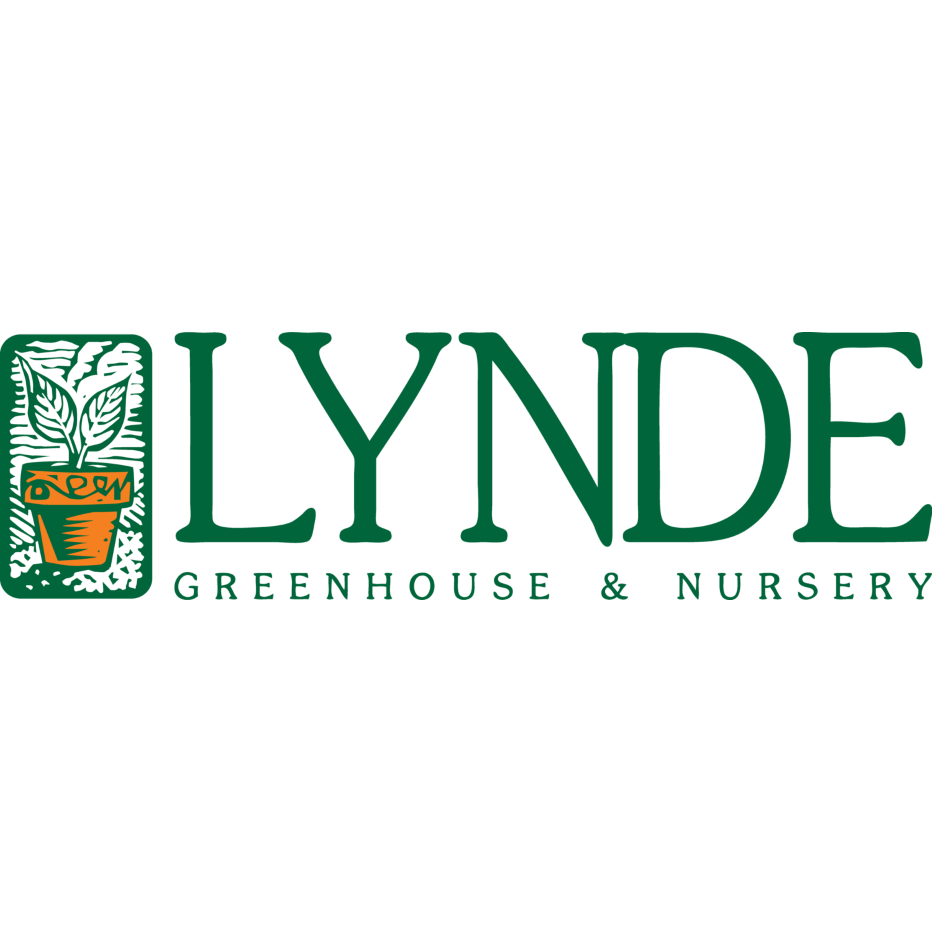
Lynde Greenhouse & Nursery and Landscape Design
1 / 10
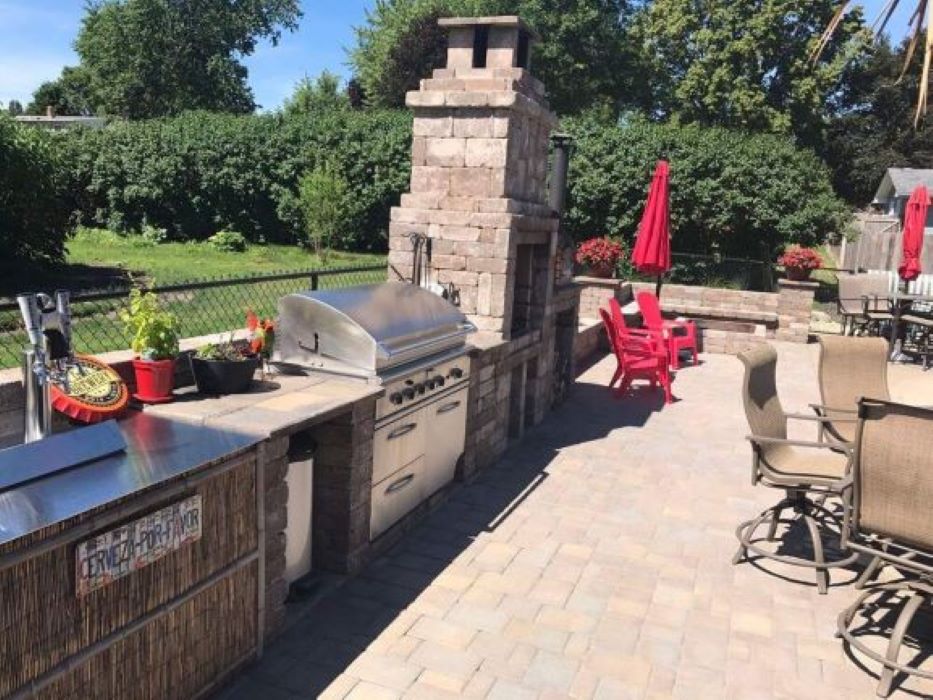
There were many new things I explored during the pandemic, but the most interesting and rewarding was cooking. With restaurants shut down here and there throughout the year, I turned to the kitchen to test my skills. If this sounds like you, this will be a great match for you. This summer, why not take your culinary experience to the next level, creating an outdoor kitchen. Spend your evening out on the patio grilling up something delicious for the family. An outdoor kitchen is practical and certainly enjoyable, almost like opening a mini restaurant.
2 / 10
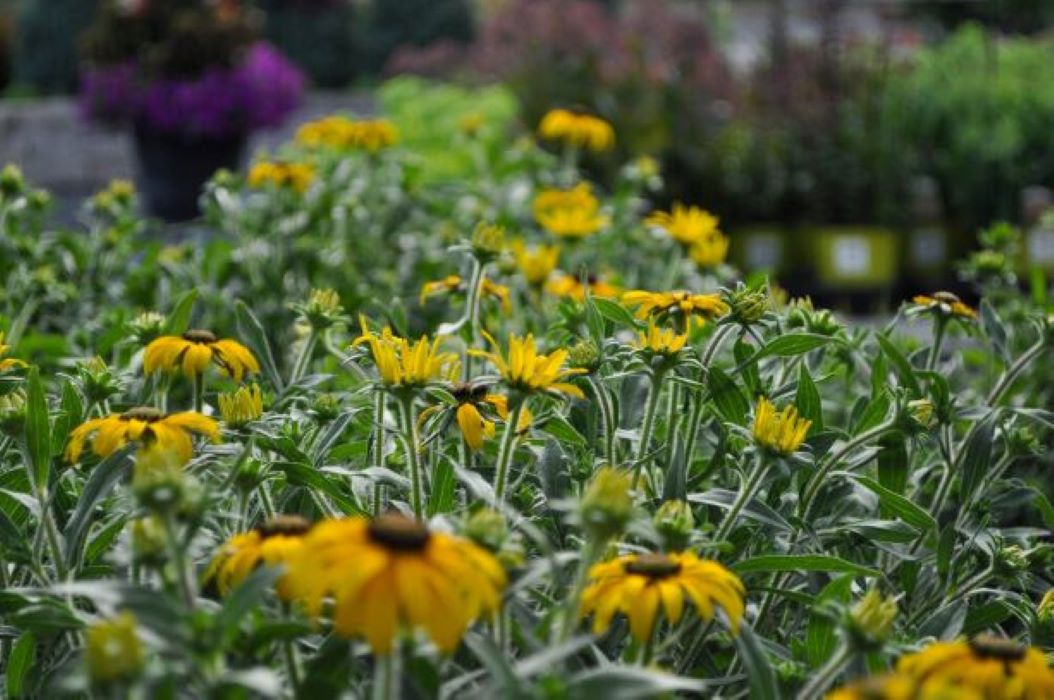
Going native is another trend that made the list. Incorporating plants that are native to Minnesota is a sure way to know that the plant can and will survive in our zone. Once native plants are established, they need very little care, making them easy to care for. There are many native plants that work well in landscapes, whether you are looking for something more manicured or natural. These plants will not grow beyond their mature size, which means they will not overtake the garden.
3 / 10
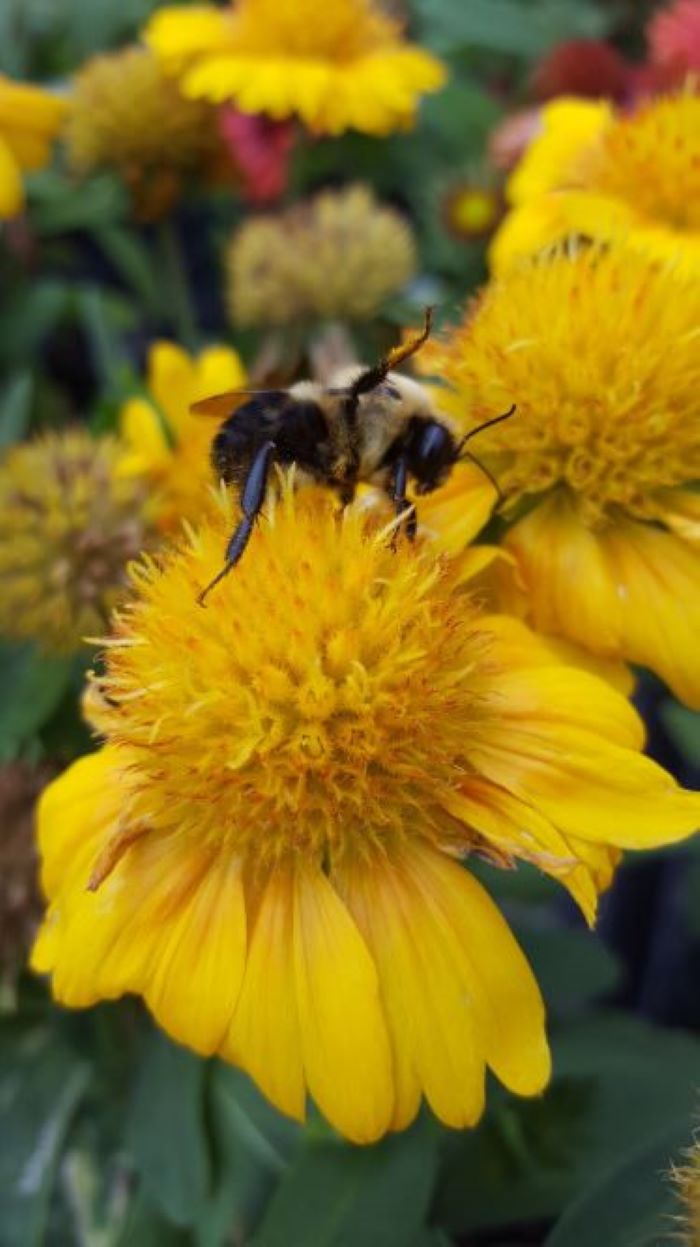
Bees and other pollinators play a huge roll in nature. Without them working hard, going from food source to food source, many of our wonderful fruits and vegetables would not be available. Unfortunately, the bee population has been declining for many years. That’s why it is so important and crucial to incorporate pollinator friendly plants and flowers into your garden. This is especially true if you have a vegetable garden. Attracting pollinators to your garden with as many food sources as possible is the best way to ensure a wonderful summer crop.
4 / 10

We all want our landscapes to look wonderful, lush, and full, but we all don’t have the time to spend in the garden making it so. Of course, there is no such plant that doesn’t require no attention. Just like humans, plants need light, water, a good environment, and nutrients to keep them happy. There are many different types of plants and some that are more independent than others. Plants that flower require more attention and maintenance to keep them happy and healthy.
5 / 10
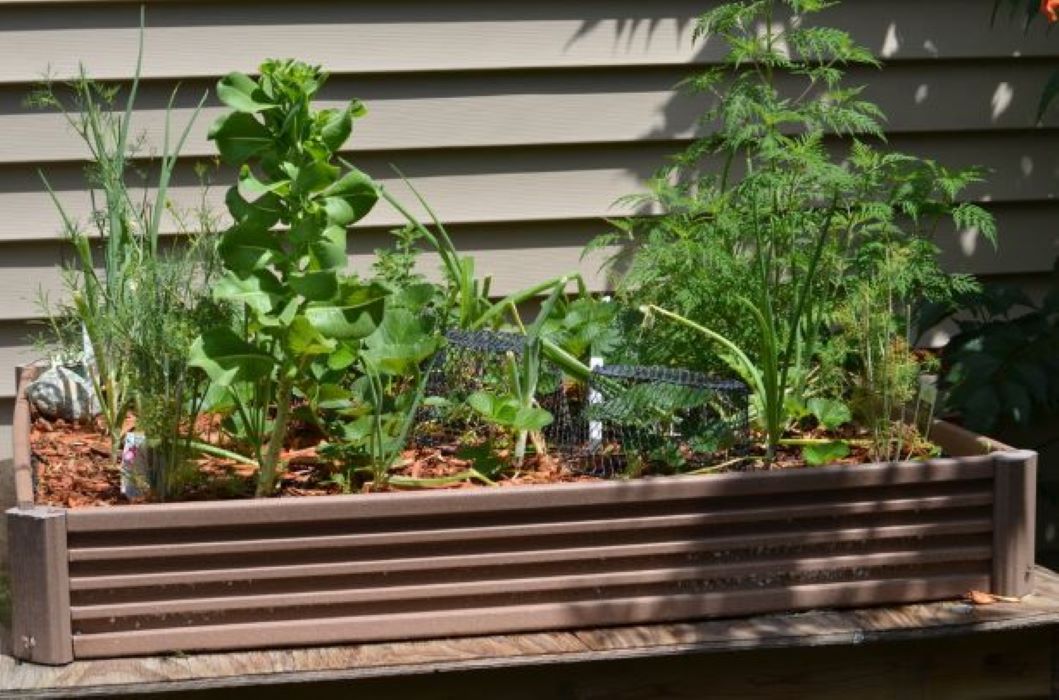
There are many ways to grow your own food. For larger spaces with ample sunlight you may consider growing directly in the ground, working compost into the mixture for proper nutrients. Keep the critters out and help divide your garden with raised ground beds. For smaller spaces potted gardens can work. Keep in mind that mass producing veggies like tomatoes and vining veggies will need room to grow both in root system and in size, but with a large container and nutrients they will procure fruit. Herbs are a bit more manageable and flexible for many areas big or small. If you are starting out your ‘growing your own food’ adventure, herbs might be a good place to start!
6 / 10

The number one gardening trend is: just garden. If you are new to gardening or have been wanting to try something new, we at Lynde Greenhouse & Nursery recommend to just dive in. Most of our staff members have been gardening for many years, some even 20+, but you must start somewhere, right?
7 / 10

Where should you start? When trying anything new, there are challenges, but we all must start somewhere. The beauty of gardening is you will never get bored because there are so many different ways to garden. Maybe you want to explore growing your own food. Maybe you want to expand your perennial garden and provide beneficial plants for our pollinators. Maybe you are a houseplant parent looking to venture into container gardens. Whatever your interest, research and experimenting are going to be your best approach. At Lynde Greenhouse & Nursery, we suggest taking what you know and expand on it. Try and keep trying.
8 / 10
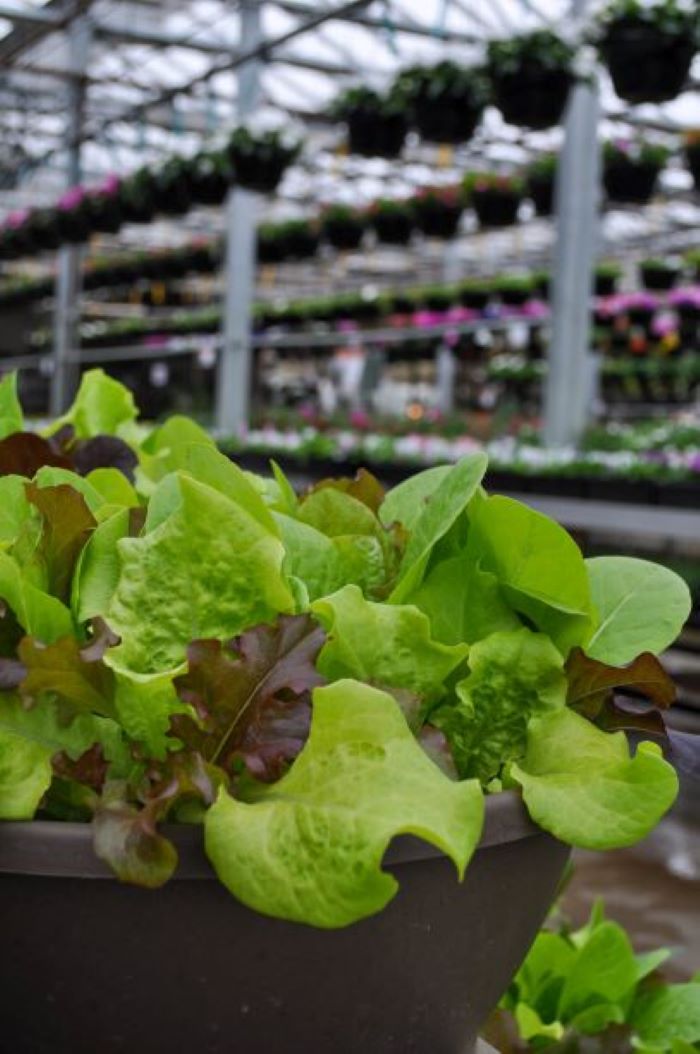
There are many ways to grow your own food. For larger spaces with ample sunlight you may consider growing directly in the ground, working compost into the mixture for proper nutrients. Keep the critters out and help divide your garden with raised ground beds. For smaller spaces potted gardens can work. Keep in mind that mass producing veggies like tomatoes and vining veggies will need room to grow both in root system and in size, but with a large container and nutrients they will procure fruit. Herbs are a bit more manageable and flexible for many areas big or small. If you are starting out your ‘growing your own food’ adventure, herbs might be a good place to start!
9 / 10

Bee Friendly/Pollinator Plants: ‘Bee Friendly’ plants will honestly always be a trend! Without our pollinators there would be no fruits and veggies for us to enjoy! Often when we think of plants for pollinators, perennials come to mind. Perennials are a wonderful way to incorporate pollen for insects, but what if space is an issue. That’s the beauty of pollinator plants, they come in many different forms. No matter what type of space you have, there is something for every style, that is what makes gardening so versatile. You will find many great pollinator plants in annuals, herbs, perennials, and even what we would consider weeds.
10 / 10

Container gardens are not a new concept by any means, but as trends change so does the design of container gardens. With so many annual options to pair together, creating a container garden can be fun and easy using the Thriller, Filler, Spiller method. But why stop there! Add tropical plants or houseplants to the mix. Caladiums work great for a mostly shaded area and why not add a colorful croton to your sunny containers. Cannas and elephant ears make great statement pieces for larger container gardens.